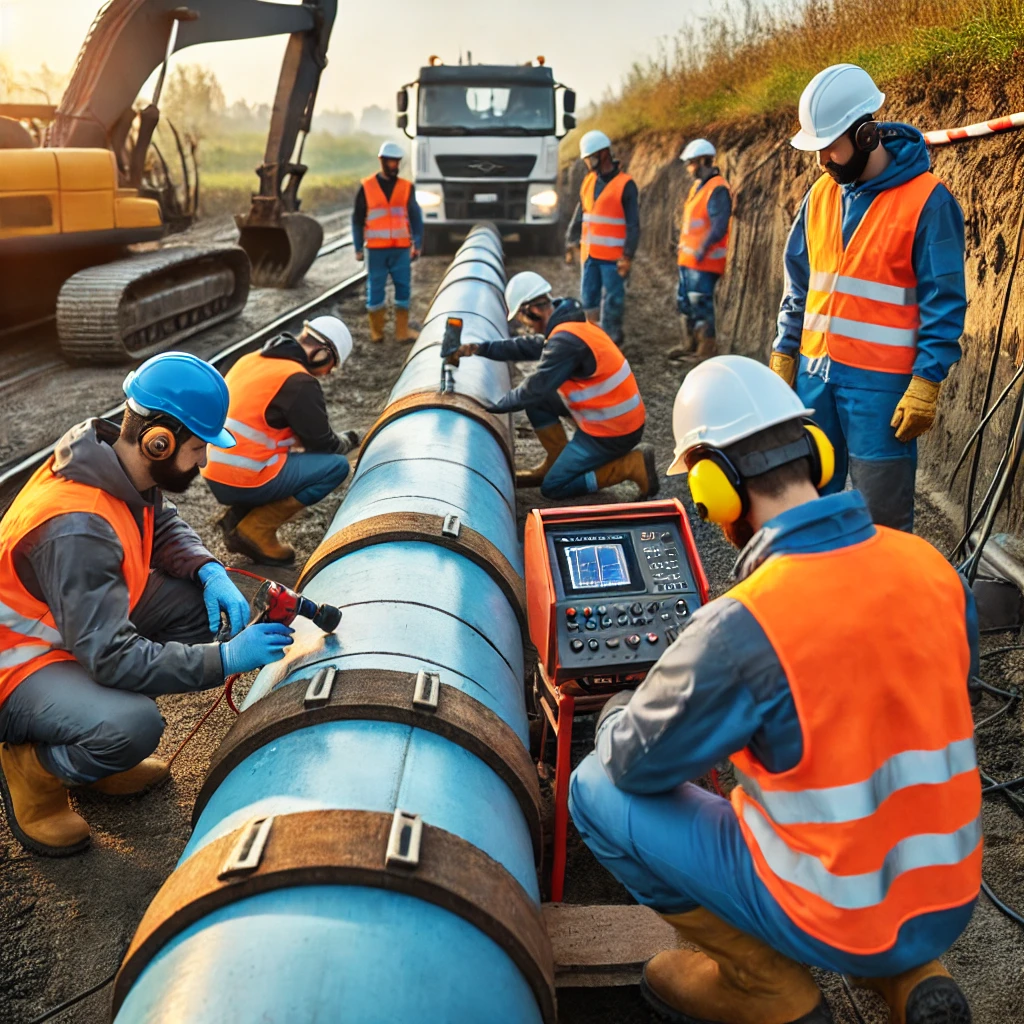Introduction
Pipelines are the backbone of energy transportation, making proper maintenance essential for safety, efficiency, and longevity. Regular inspections, timely repairs, and proactive measures help prevent costly failures and environmental hazards.
Key Pipeline Maintenance Strategies
- Inline Inspection (ILI): Using smart pigs to detect internal corrosion, cracks, and anomalies before they become major issues.
- Routine Monitoring: Conducting scheduled inspections with ultrasonic testing, magnetic flux leakage (MFL), and leak detection systems.
- Cathodic Protection: Applying electrical currents or sacrificial anodes to prevent corrosion and extend pipeline life.
- Coating & Wrapping: Protecting pipelines with anti-corrosion coatings to reduce environmental damage and wear.
- Timely Repairs: Addressing minor defects immediately with techniques like composite wrap, hot tapping, and sleeve welding.
- Emergency Response Planning: Ensuring quick action plans to mitigate leaks, ruptures, or external damages,
